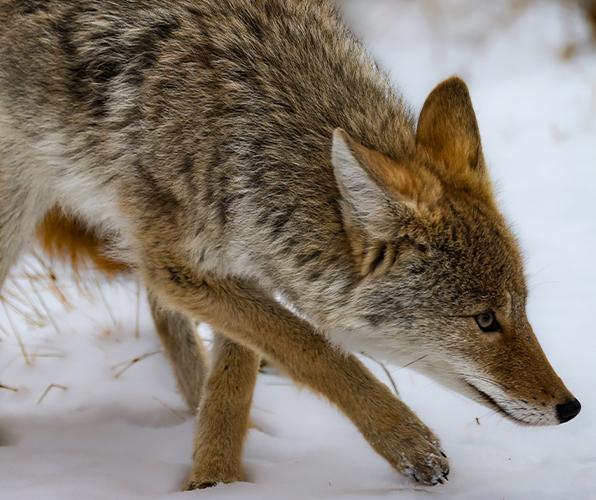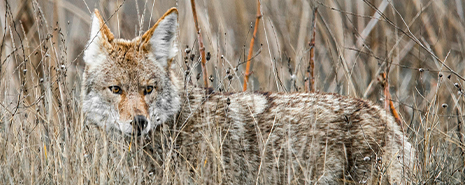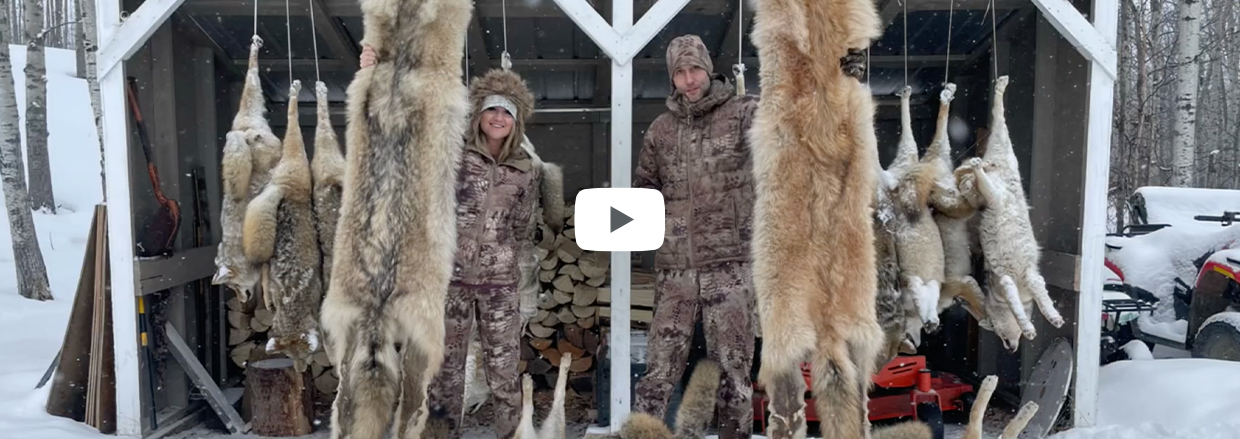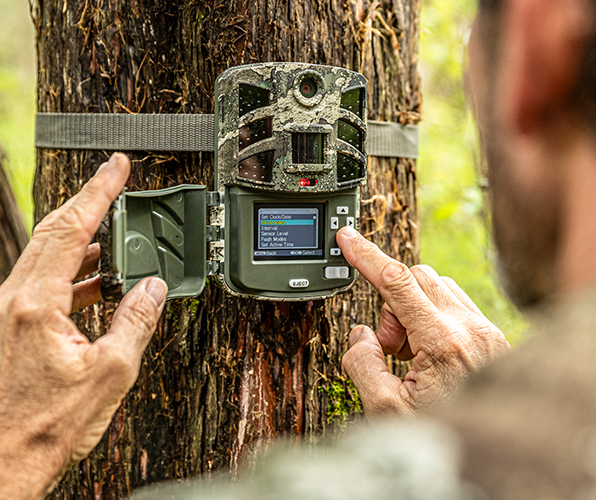Predator Hunting

How to Understand Coyotes and Their Behaviour
Coyotes are highly intelligent, invasive, and destructive animals. They spend their entire life hunting and approaching every scenario with caution. With their sneaky tactics, and sharp senses, they can outsmart anyone.
Coyotes feed on livestock, fawns, and other creatures, spread disease and play a key role in maintaining ecological balance. As a good hunter you must know your prey – their behaviours, habitat, and habits.

Coyotes Behaviour
What They Eat
When to Hunt

Coyotes Behaviour
Coyotes are social animals that can live in packs, pairs and alone. There are three behavioural states of coyotes based on social structure: Alpha, Transient, and Resident.
- Alpha: The alpha male coyotes encourage the young ones to leave the pack, making them the “dispersers.”
- Transient: The transient coyotes are always on the move. These are challenging to hunt as they make it difficult to patten them.
- Resident: The resident coyotes stick to a smaller territory when compared to dispersers or transients. They are challenging to hunt as it's hard to pattern them.
Coyote Hunting Regulations in Canada



